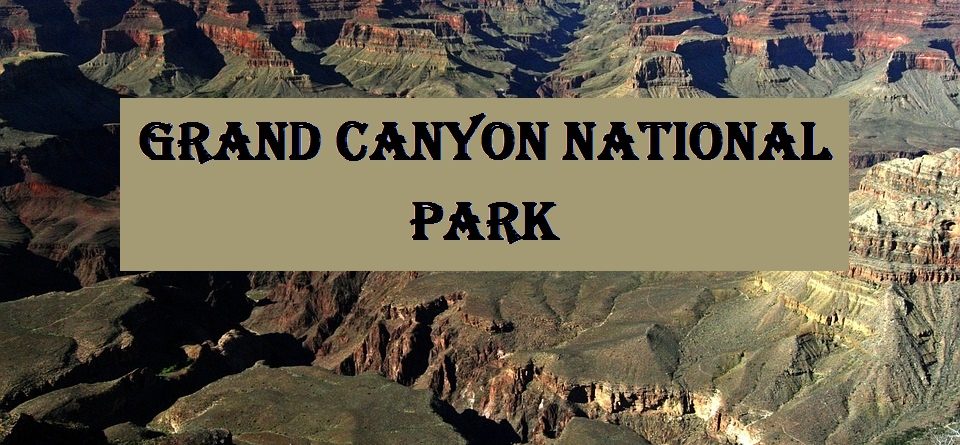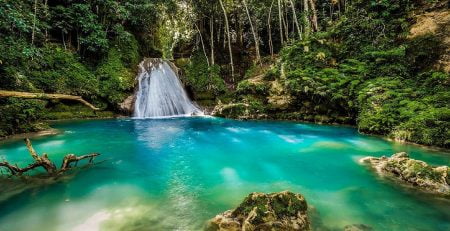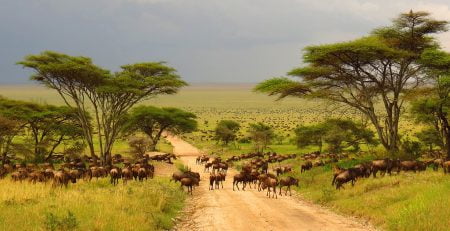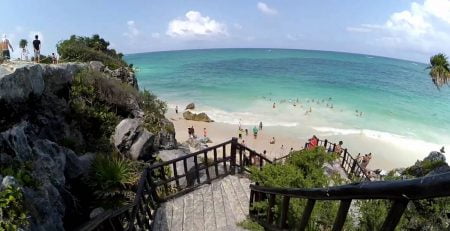Grand Canyon National Park
The Grand Canyon National Park is more than a great chasm carved over millennia through the rocks of the Colorado Plateau. It is more than an awe-inspiring view. It is more than a pleasuring ground for those who explore the roads, hike the trails, or float the currents of the turbulent Colorado River. Carved out by the Colorado River, the Grand Canyon is the most spectacular gorge in the world. Located in the state of Arizona, it cuts across the Grand Canyon National Park. Its horizontal strata retrace the geological history of the past 2 billion years. There are also prehistoric traces of human adaptation to a, particularly harsh environment.
Statement of Significance:
Grand Canyon National Park, a World Heritage Site, encompasses 1,218,375 acres and lies on the Colorado Plateau in northwestern Arizona. The land is semi-arid and consists of raised plateaus and structural basins typical of the southwestern United States. Drainage systems have cut deeply through the rock, forming numerous steep-walled canyons. Forests are found at higher elevations while the lower elevations are comprised of a series of desert basins.
Well known for its geologic significance, the Grand Canyon National Park is one of the most studied geologic landscapes in the world. It offers an excellent record of three of the four eras of geological time, a rich and diverse fossil record, a vast array of geologic features and rock types, and numerous caves containing extensive and significant geological, paleontological, archeological and biological resources. It is considered one of the finest examples of arid-land erosion in the world.
The Grand Canyon National Park, incised by the Colorado River, is immense, averaging 4,000 feet deep for its entire 277 miles. It is 6,000 feet deep at its deepest point and 15 miles at its widest. However, the significance of Grand Canyon is not limited to its geology. Horizontal strata exposed in the canyon retrace geological history over 2 billion years and represent the four major geologic eras.
 Criterions Where You Can Visit:
Criterions Where You Can Visit:
Criterion (vii): Widely known for its exceptional natural beauty and considered one of the world’s most visually powerful landscapes, the Grand Canyon National Park is celebrated for its plunging depths; temple-like buttes; and vast, multihued, labyrinthine topography. Scenic wonders within park boundaries include high plateaus, plains, deserts, forests, cinder cones, lava flows, streams, waterfalls, and one of America’s great whitewater rivers.
Criterion (viii): Within park boundaries, the geologic record spans all four eras of the earth’s evolutionary history, from the Precambrian to the Cenozoic. The Precambrian and Paleozoic portions of this record are particularly well exposed in canyon walls and include a rich fossil assemblage. Numerous caves shelter fossils and animal remains that extend the paleontological record into the Pleistocene.
Criterion (ix): Grand Canyon National Park is an exceptional example of biological environments at different elevations that evolved as the river cut deeper portraying five of North America’s seven life zones within canyon walls. Flora and fauna species overlap in many of the zones and are found throughout the canyon.
Criterion (x): The park’s diverse topography has resulted in equally diverse ecosystems. The five life zones within the canyon are represented in a remarkably small geographic area. Grand Canyon National Park is an ecological refuge, with relatively undisturbed remnants of dwindling ecosystems, and numerous endemic, rare or endangered plant and animal species.
Ecosystem:
The Grand Canyon National Park contains several major ecosystems. Its great biological diversity can be attributed to the presence of five of the seven life zones and three of the four desert types in North America. The five life zones represented are the Lower Sonoran, Upper Sonoran, Transition, Canadian, and Hudsonian. This is equivalent to traveling from Mexico to Canada.
The Grand Canyon National Park also serves as an ecological refuge, with relatively undisturbed remnants of dwindling ecosystems. It is home to numerous rare, endemic, and specially protected plant and animal species. Over 1,500 plant, 355 bird, 89 mammalians, 47 reptiles, 9 amphibian, and 17 fish species are found in the park.
For more than a century, tourists from all over the world have visited the Grand Canyon to experience its awe-inspiring vistas. The Grand Canyon was carved out by the Colorado River. On February 26, 1919, Grand Canyon became a National Park. Grand Canyon National Park, located in northwestern Arizona, is the 15th site in the United States to have been named a national park.












